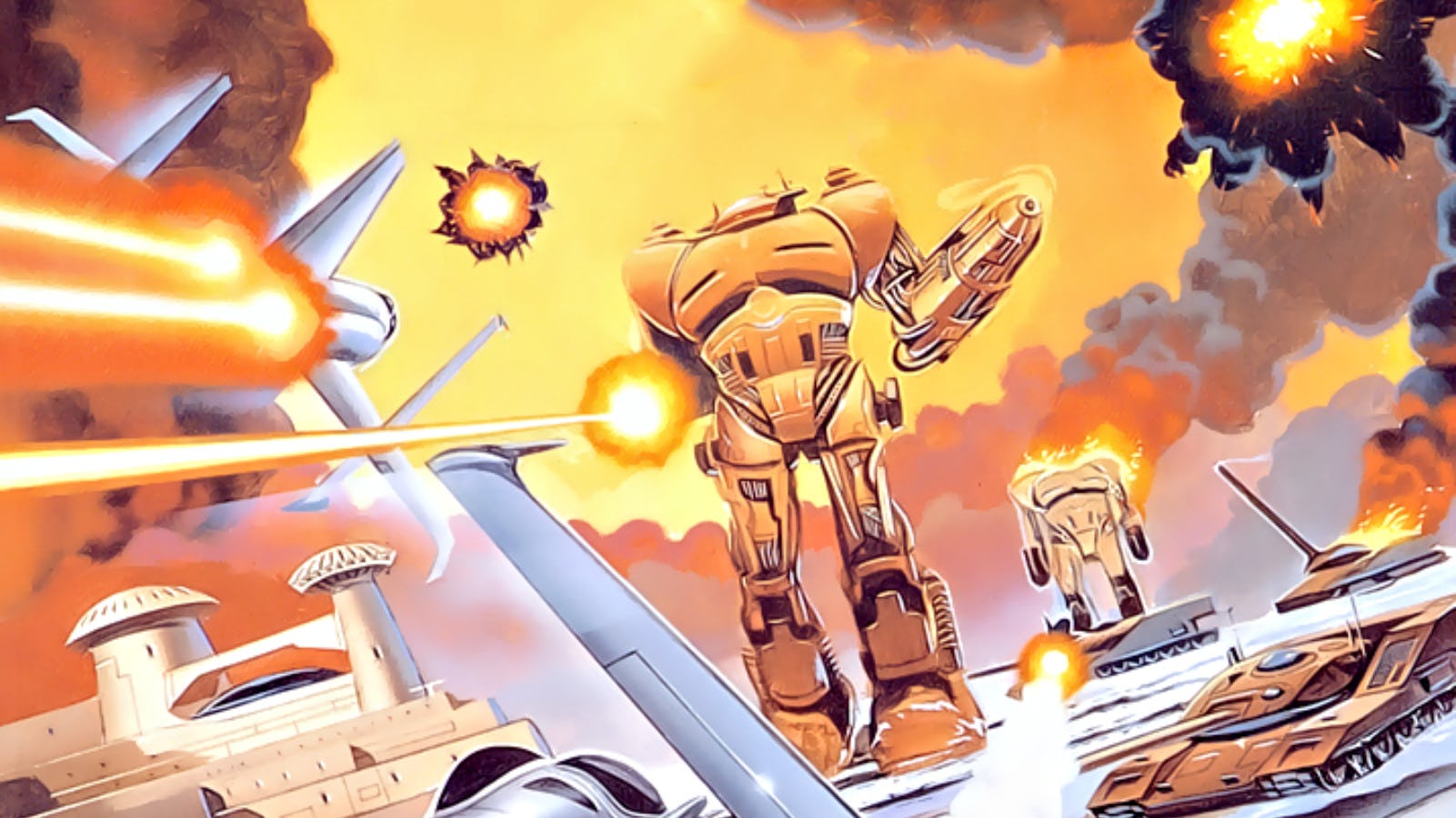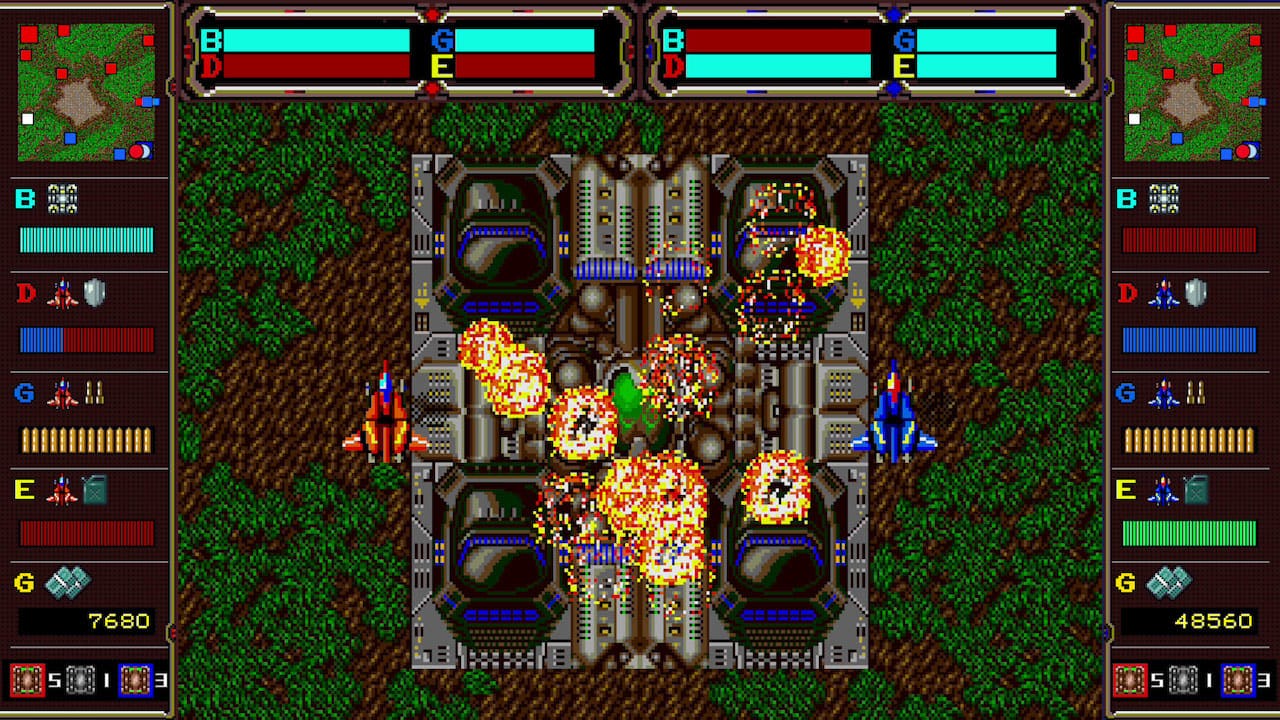
Throughout the 1990s, real-time strategy games reigned supreme on PC. Games like Dune II and Warcraft established conventions that would define the genre, to be expanded on by later releases like Age of Empires. But before any of those groundbreaking PC games, the one that started it all appeared in an unlikely place — the Sega Genesis.
Widely considered to be the first real-time strategy game, Herzog Zwei is itself a sequel. Its predecessor, Herzog, launched on the MSX and PC-88 computers in Japan in 1988. While Herzog contained some of the seeds of what would become the RTS, like buying friendly units to attack enemies, it’s now seen largely as a sort of dress rehearsal for the real deal.

Herzog Zwei itself was released on December 15, 1989. It didn’t sell particularly well, but received mostly positive reviews thanks to its gameplay, which was like nothing else available at the time. In Herzog Zwei, players take control of a powerful mech that can transform into a nimble jet, depending on whether they’re facing ground or air units.
On top of controlling their mech, players can buy new units and issue them orders. To move these units from place to place, players need to pick them up and carry them, which is also the only time they can be repaired or given new orders. In Herzog, players constantly gain money to buy new units, but in Herzog Zwei, they first need to capture bases dotted around the map, which generate income. These bases also spawn and heal friendly units, making capturing at least a few is essential to victory. That alone lends a lot of complexity to Herzog Zwei, requiring a juggling act between defending these valuable bases and destroying enemy units, which is made considerably more difficult by the fact that they first need to physically move their character there.

Compared to modern RTS games, Herzog Zwei is understandably basic, and requires a huge amount of micromanagement, since commanding units requires physically interacting with them with the player character. The limitations of the Sega Genesis also come into play, since the entire game needs to be functional using a controller, rather than the keyboard and mouse that make the PC so suitable for RTS games.
Despite that, Herzog Zwei holds up surprisingly well today. It was released as part of the Sega Ages collection on Nintendo Switch in 2020 with online multiplayer in addition to the local multiplayer mode carried over from the original. Sure, it’s clunky and simplistic compared to modern RTS games, but it’s still genuinely enjoyable on its own merits, even if you couldn’t care less about its legacy. Herzog Zwei doesn’t feel like a rough first draft of the RTS, or a messy experiment where you can see the fundamentals of the genre beginning to take shape. It’s a complete RTS through and through, as much as any of the more refined games that would follow in its big metal footsteps. The one area where Herzog Zwei shows its age most is in its rudimentary AI, a problem its multiplayer modes handily address.

You might have trouble tracking down a working Genesis and a copy of Herzog Zwei today, but its Sega Ages Switch port is in many ways an improvement. In addition to online multiplayer, the new version also adds a much-needed interactive tutorial, lacking in the original. Aside from finding a copy in the first place, the toughest part of the original Herzog Zwei is how impenetrable it can be to start. And since it’s the game that developed the language of the RTS, its makes some odd choices with how to present information. There’s definitely something to be said for playing classic games in their original form, but the Sega Ages version keeps an essential part of gaming history alive and well.
Herzog Zwei is a rare example of a foundational game that still feels fresh today. Thanks to its odd mix of RTS staples and a sole player character, it’s a clear predecessor for what came next in the genre while still offering a totally different experience from the games that followed.







